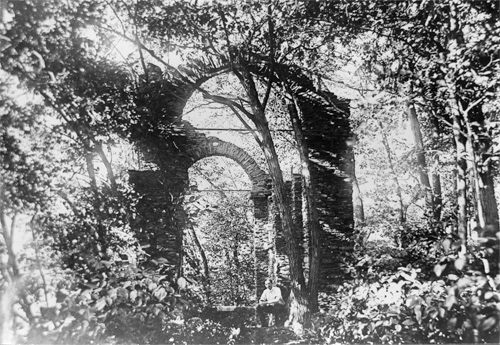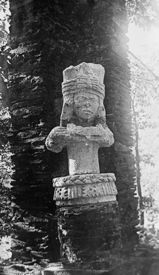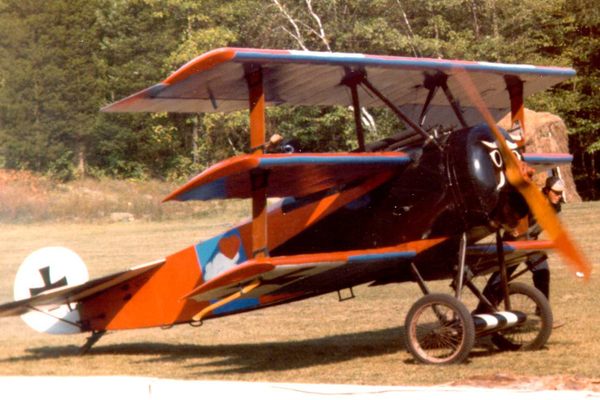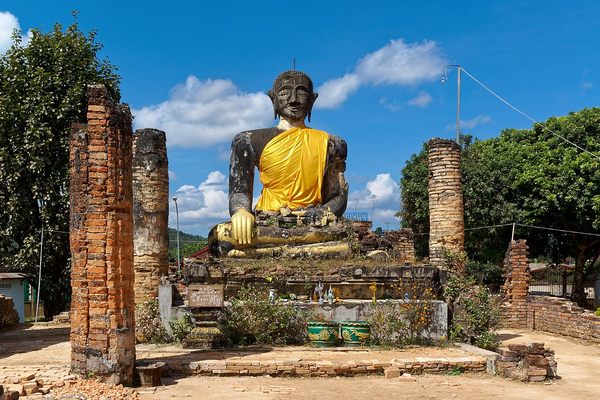Mayan Ruins on the Hudson
For over 80 years, Mayan ruins stood proudly in a most unlikely location.
In the mid-1800s, travelers moving up and down the Hudson River would have been witness to an abnormal sight: Mayan ruins and artifacts nestled a thousand improbable miles north.
When settlers arrived on the American continent, everything seemed new, untouched to them. This sense of an open book lent the land its air of manifest destiny, of fertile fields and virgin forests. That the ‘new world’ was used or inhabited at the time was of no consequence.
Though this was the prism through which romantics and schemers viewed their new home, many felt something of an inferiority complex toward the antiquities of Europe. The Hudson River School painters liberally sprinkled ruins into their landscapes, imagining an American past more like that of their own ancestors. Presented with stunning vistas, these artists still wanted something more.
John C. Cruger, who owned the island on the Hudson that now carries his name, decided to make this into reality. He partnered with John Lloyd Stevens, a travel writer who penned several books about his travels to eastern Europe, the Middle East, and South America, to make it a reality. In 1840, while in Honduras, Stephens purchased the land containing the ruined city of Copan for $50, and took casts of the collapsed buildings and sent them north. They were assembled in New York, artifacts from Copan, Palenque and Quirigua placed among them, and Cruger would show them off to his guests by taking midnight boat rides, moonlight glancing off the impossible antiquities.
Following Cruger’s death, the family fell on hard times, and in 1919 the ruins and statues were sold to the American Museum of Natural History, where they are today viewable as “Red Hook’s ruins” in the Hall of Mexico and Central America, having taken something of a circuitous route to arrive there.
Know Before You Go
Not technically open to the public, as the island is currently the nesting grounds of several Bald Eagles. There is a fence built by Bard college 500 feet before the ruins.















Follow us on Twitter to get the latest on the world's hidden wonders.
Like us on Facebook to get the latest on the world's hidden wonders.
Follow us on Twitter Like us on Facebook